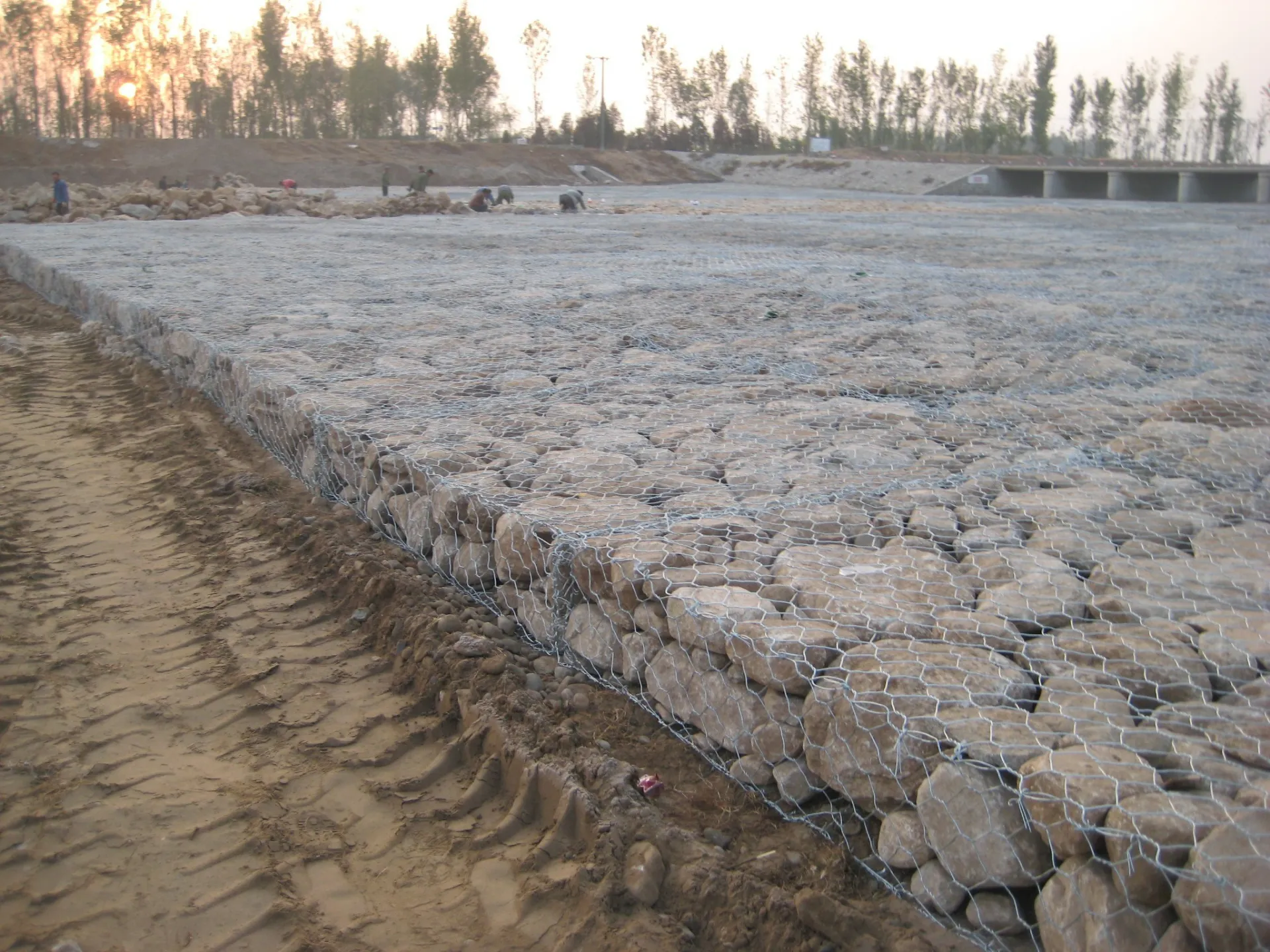-
 Phone:
Phone: -
 Email:
Email:

rockfall protection netting
Rockfall Protection Netting An Essential Solution for Safety in Geologically Active Areas
Rockfalls are a significant geological hazard that pose risks to infrastructure, wildlife, and human life, particularly in mountainous and rocky terrains. The unpredictable nature of rockfall events necessitates a proactive approach to manage risks associated with falling rocks. Rockfall protection netting has emerged as a crucial solution to safeguard vulnerable areas by intercepting falling debris and minimizing damage.
Understanding Rockfall Dynamics
Before delving into the specifics of rockfall protection netting, it is essential to understand the dynamics of rockfalls themselves. Rockfalls occur when a mass of rock breaks off from a steep slope or cliff due to various factors, including weathering, seismic activity, or human influences. Once detached, the rock can accelerate rapidly due to gravity, leading to substantial impacts once it reaches the ground.
The Role of Protection Netting
Protection netting is designed to absorb the energy of falling rocks, redirecting them away from populated areas, roads, and critical infrastructure. It comes in various types, tailored to meet specific site conditions and rockfall risk levels. The main purpose is to form a barrier that prevents rocks from reaching the ground or at least mitigates their impact.
Types of Rockfall Protection Netting
1. High-Tension Netting This type consists of robust wire mesh that can withstand substantial forces. It is ideal for areas with high rockfall frequencies and significant potential projectile sizes. High-tension systems typically involve dynamic energy absorption features that enhance their capability to stop larger stones.
2. Low-Tension Netting This netting is suitable for locations with smaller, less frequent rockfalls. Low-tension systems are generally more economical but may not provide the same level of protection against larger rockfalls.
rockfall protection netting

3. Flexible Mesh Systems Combining flexibility with strength, these systems can contour to the slope's surface, providing an adaptable solution for rocky terrains. They are particularly useful in irregular terrains and can be adjusted based on the specific geology of the area.
4. Rockfall Barrier Systems In addition to netting, there are also barrier systems designed for greater impacts, often used in high-risk zones. These barriers provide a rigid structure that can handle substantial rocks, preventing them from crossing a designated line.
Installation and Maintenance
The effectiveness of rockfall protection netting largely depends on proper installation and ongoing maintenance. The installation process requires geological assessment to identify potential rockfall areas. Skilled professionals analyze slope angles, rock conditions, and other environmental factors to optimize netting placement and tension.
Regular maintenance is also critical to ensure that the netting remains functional over time. Inspections should be conducted to look for signs of wear, damage, or changes in the surrounding environment that may affect the net's effectiveness.
Environmental Considerations
While rockfall protection netting is crucial for safety, it is equally important to consider its environmental impact. Many systems are designed to blend harmoniously with the natural landscape, minimizing visual intrusion and disruption to wildlife habitats. Additional measures, such as vegetation restoration and habitat preservation, can enhance ecological outcomes post-installation.
Conclusion
Rockfall protection netting is a vital measure for safeguarding individuals and infrastructure in geologically active regions. With the combination of various netting types and robust installation practices, communities can significantly reduce the risks associated with rockfalls. In an era where environmental challenges and natural hazards are becoming increasingly prominent, investing in effective rockfall protection solutions is essential for ensuring safety and sustainability in sensitive areas. As technology and materials continue to evolve, we can expect even greater advancements in rockfall protection systems, further safeguarding our communities from nature's unpredictable forces.
-
Wire Mesh for Every Need: A Practical SolutionNewsJul.25,2025
-
Steel Fences: Durable, Secure, and Stylish OptionsNewsJul.25,2025
-
Roll Top Fencing: A Smart Solution for Safety and SecurityNewsJul.25,2025
-
Cattle Farm Fencing Solutions for Maximum SecurityNewsJul.25,2025
-
Affordable Iron Binding Wire SolutionsNewsJul.25,2025
-
Affordable Galvanized Wire SolutionsNewsJul.25,2025
-
Wire Hanger Recycling IdeasNewsJul.25,2025








